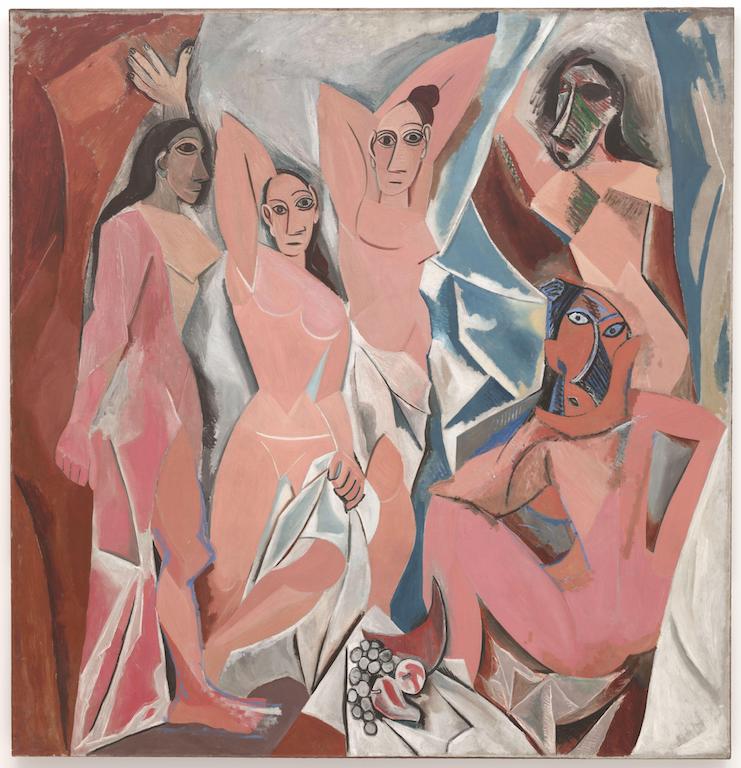Week 30
20th Century art began with Modernism in the late 19th Century. Movements of Post-Impressionism (Les Nabis), Art Nouveau, and Symbolism from the 19th Century led to the first 20th Century art movements of Fauvism in France and Die Brücke ("The Bridge") in Germany. Fauvism in Paris introduced heightened non-representational colour into figurative painting. Die Brücke strove for emotional Expressionism. Another German group was Der Blaue Reiter ("The Blue Rider"), led by Kandinsky in Munich, who associated the blue rider image with a spiritual non-figurative mystical art of the future. Kandinsky, Kupka, R. Delaunay and Picabia were pioneers of abstract (or non-representational) art. Cubism, generated by Picasso, Braque, Metzinger, Gleizes, and others rejected the plastic norms of the Renaissance by introducing multiple perspectives into a two-dimensional image. Futurism incorporated the depiction of movement and machine age imagery. Dadaism's most notable exponents included Marcel Duchamp, who rejected conventional art styles altogether by exhibiting found objects (notably a urinal), and Francis Picabia with his Portraits Mécaniques.
RECOMMENDED READING:
The updated 2004 edition in quality soft cover; used copies available:

